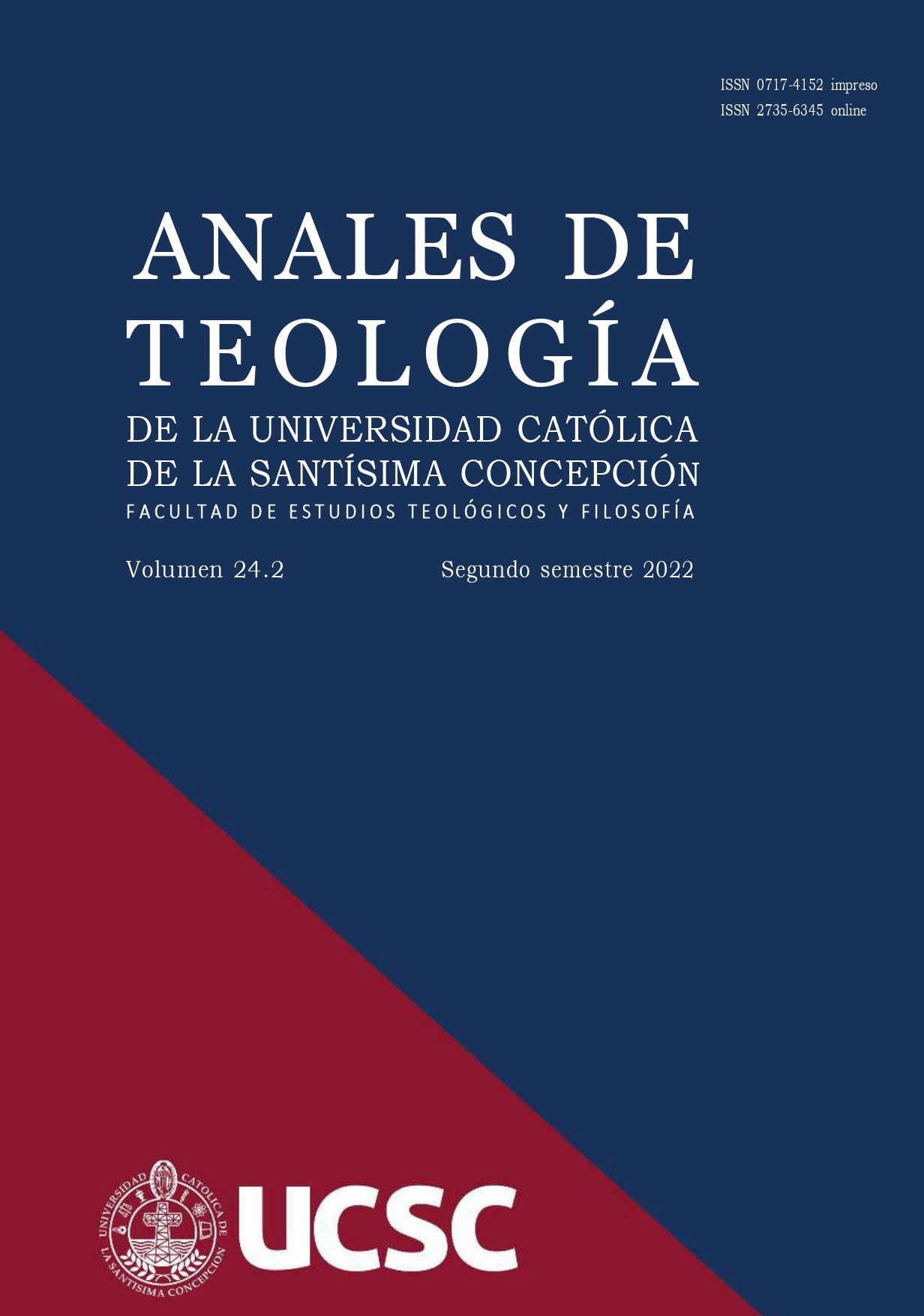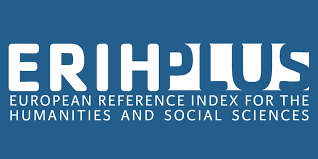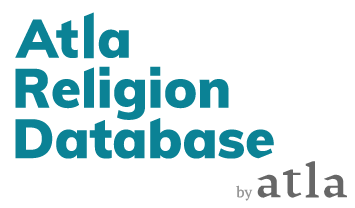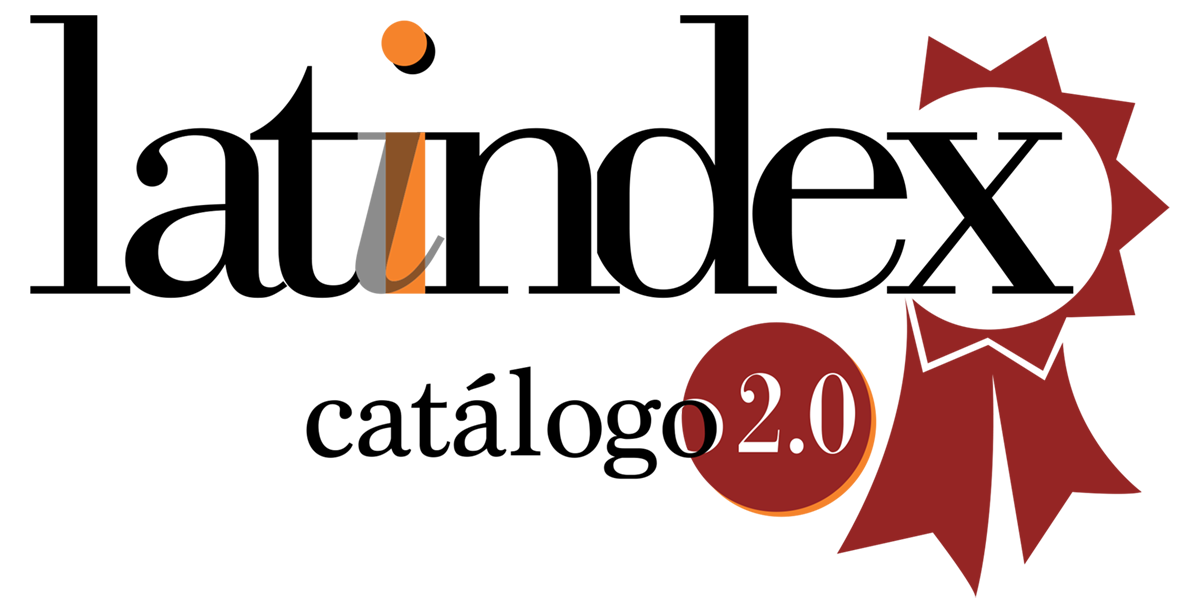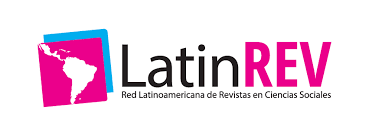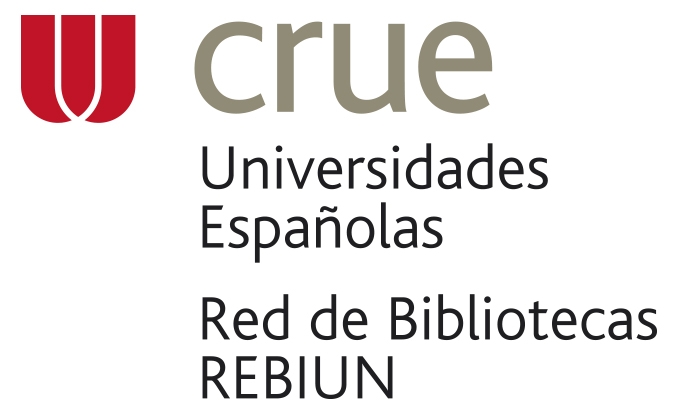¿COMPRENDES LO QUE LEES? (Hch 8,26-40). UNA INTERPRETACIÓN PRAXEOLÓGICA
DOI:
https://doi.org/10.21703/2735-634520131521930Keywords:
bible, teaching, catechesis, methodology, praxeologyAbstract
The study of the Felipe and Eunuch pericope, Acts 8,26-40, entitled: understand that you read?, element provides series underlying to make a methodology from the biblical teaching applicable to catechesis. The contributions of the various exegetical methods, both diachronic and synchronic, are used for a broader view of the sacred text and following steps are articulated of the praxeological methodology of the look, judge, act and creative return. The first step of seeing understood as context analysis –remote and immediate- of the pericope and the various narrative elements that compose: Characters, situations and places. The step of judge is done by setting the structure of the pericope, literary-semantic analysis and emphasizing the parallels with the Old Testament, in which begins by a brief analysis of the Hebrew text. The time of action leads to propose methodological contributions that are containing in the text in key biblical teaching catechesis applied. Last, are proposed contributions as return to creative mode that can enrich the catechetical praxis from the biblical texts.
Downloads
Downloads
Published
Issue
Section
License

This work is licensed under a Creative Commons Attribution-NonCommercial 4.0 International License.
The Anales de Teología is an open access journal and does not charge for publication. In addition, it regulates its Copyright and access policy according to the Creative Commons Attribution-NonCommercial 4.0 International Public License (CC BY-NC 4.0), therefore sharing (reproducing and distributing the material in any medium or format) and adaptation (modifying, transforming, and creating from the material) is allowed as long as proper credit is given and the citation is included with the corresponding data. Moreover, it is not allowed to use the material for commercial purposes.
